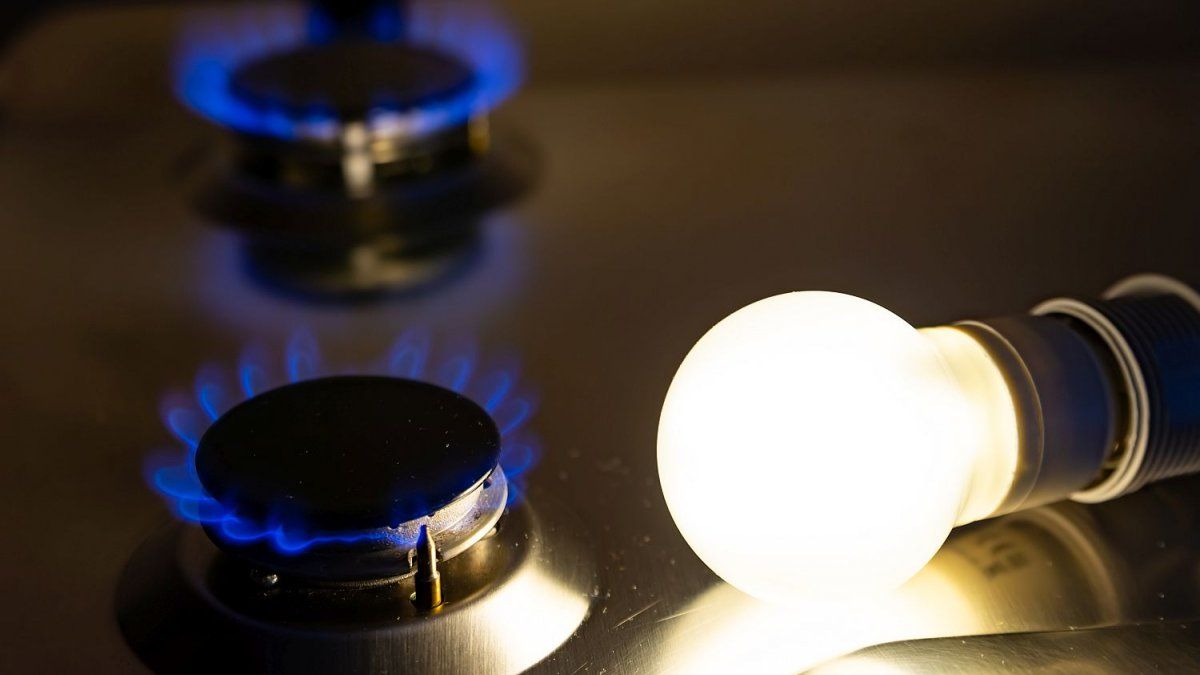Rates will increase by 1.6% for electric energy and 1.85% for gas.
Starting in January, electricity rates will increase by 1.6% and gas rates by 1.85%-both settings will be located below expected inflation-. This month, the Government had already authorized increases in the wholesale prices of electricity and gas of around 2% and 2.5% respectively.
The content you want to access is exclusive to subscribers.
The update includes the values corresponding to various categories and subcategories, including the Own Distribution Cost (CPD), the Cost of Energy Supplied in Bad Conditions (CESMC) and the Cost of Energy Not Supplied (CENS). These increases will modify the rate tables of the service provider companies; among them Edenor, Edesur, Distrocuyo SA, Transpa SA, Epen, Trasnoa, Transcomahue, Transnea, Transba and Transener.


It is worth remembering that Subsidized consumption has a limit: In the case of level 3 users (those with medium income), if consumption exceeds 250 Kwh/month, they will pay the full rate for the excess, while level 2 users (low income) have a limit of 350 Kwh/month.
Although the Government has been carrying out a process of regularizing the tariff schedules, to date it is still 9.5 million electricity users are subsidized out of a total of 16 million. In the case of gas, The subsidized ones reach 5.3 million users out of a total of 9.5 million.
Cuts due to high temperatures
Since the weather was milder than expected, there have been no problems with the electricity supply so far. In any case, the contingency plan which led the distributors to increase emergency crews by 30% as well as improve networks through the restoration of equipment.
Forecasts estimate that this summer there will be heat peaks and to assist homes in the face of an increase in demand, the Ministry of Energy worked with large users to lower their energy demand, an offer that has not yet been used.
The truth is that the meteorological situation improved compared to the initial forecasts that predicted a very hot summer. Today Brazil’s hydraulic basin has improved (around 2,000 megawatts are usually imported in the summer, equivalent to 16% of AMBA’s electricity demand), as has the Yacyretá basin.
However, experts point out that there is still a significant gap between demand and the infrastructure needed to meet it.
To attend eventual power outagesThrough resolution 294, it was decided to increase the remuneration of generators for the replacement of obsolete machinery or to carry out necessary maintenance. Another of the measures arranged was to offer large users of electricity an economic incentive so that, if necessary, they reduce electricity demand. It should be noted that, to date, this mechanism has not been used. Through a registry, large wholesale users (GUMA) signed up to access energy at a lower cost by consuming less or doing so outside of peak hours.
Source: Ambito
I am a 24-year-old writer and journalist who has been working in the news industry for the past two years. I write primarily about market news, so if you’re looking for insights into what’s going on in the stock market or economic indicators, you’ve come to the right place. I also dabble in writing articles on lifestyle trends and pop culture news.




